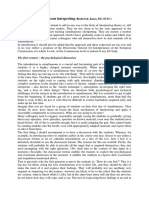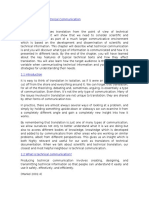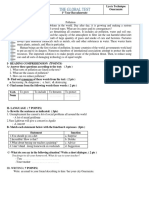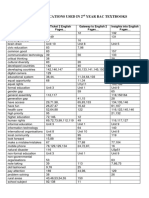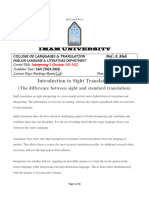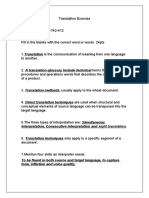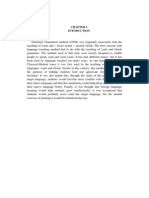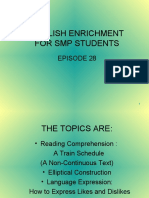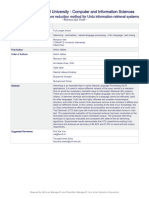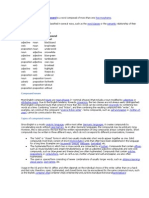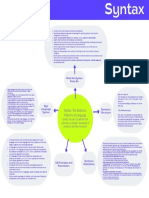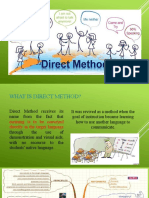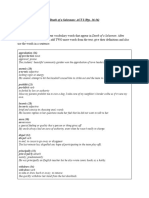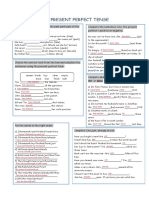0% found this document useful (0 votes)
210 views7 pagesLinguistics' Role in Translation
This document discusses the importance of linguistics to translation. It argues that translation relies on a good understanding of language, as it involves transferring meaning between languages. Linguistics is the scientific study of language and its forms, meanings, and contexts. A translator must consider both linguistic and extra-linguistic aspects of a language to effectively translate. The relationship between translation and linguistics is discussed, noting how theories of translation draw from linguistics. Specific linguistic elements like semantics, syntax, morphology, and phonology present challenges and opportunities for translation. Knowledge of linguistics can help a translator negotiate differences between language structures and cultural concepts during the translation process.
Uploaded by
AisCopyright
© © All Rights Reserved
We take content rights seriously. If you suspect this is your content, claim it here.
Available Formats
Download as PDF, TXT or read online on Scribd
0% found this document useful (0 votes)
210 views7 pagesLinguistics' Role in Translation
This document discusses the importance of linguistics to translation. It argues that translation relies on a good understanding of language, as it involves transferring meaning between languages. Linguistics is the scientific study of language and its forms, meanings, and contexts. A translator must consider both linguistic and extra-linguistic aspects of a language to effectively translate. The relationship between translation and linguistics is discussed, noting how theories of translation draw from linguistics. Specific linguistic elements like semantics, syntax, morphology, and phonology present challenges and opportunities for translation. Knowledge of linguistics can help a translator negotiate differences between language structures and cultural concepts during the translation process.
Uploaded by
AisCopyright
© © All Rights Reserved
We take content rights seriously. If you suspect this is your content, claim it here.
Available Formats
Download as PDF, TXT or read online on Scribd
/ 7





